Emei Martial Arts
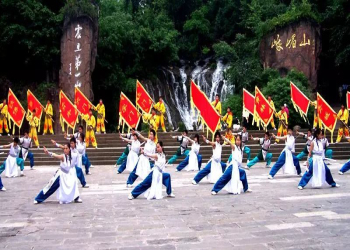
Emei Martial Arts, originating from the picturesque Emei Mountain in Sichuan province, China, is a traditional Chinese martial art with a rich historical background and distinctive fighting techniques.
The origins of Emei Martial Arts date back to ancient times, when monks and martial artists from various schools gathered on Emei Mountain to cultivate their spiritual and physical prowess. Over the centuries, these individuals developed a unique martial arts style that incorporated elements of both internal and external martial arts, focusing on flexibility, agility, and the utilization of natural forces.
Emei Martial Arts is characterized by its emphasis on breath control, body movement, and mental focus. Practitioners learn to harmonize their breath with their movements, allowing them to
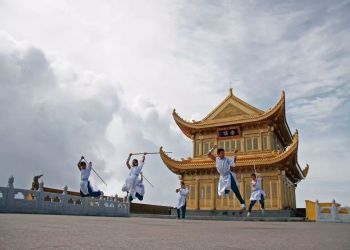
execute powerful strikes and defense maneuvers with maximum efficiency. The martial arts style also incorporates various weapon techniques, such as the sword, spear, and staff, enhancing the practitioner's fighting prowess.
In modern times, Emei Martial Arts continues to be practiced and taught by enthusiasts worldwide. Its focus is on health, fitness, and self-defense.
Sichuan's Popular Museums
Sichuan's Popular Museums, renowned for their diverse collections and cultural significance, offer visitors a glimpse into the rich history and traditions of the region. Here are a few of the most popular museums in Sichuan, each with its unique charm and attractions:
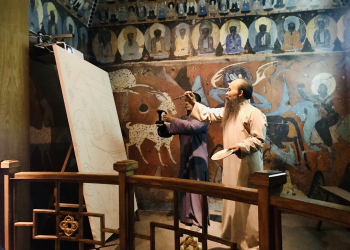
Sichuan Museum
Location: Chengdu, Sichuan Province
History: Founded in 1941 and renamed in 2009, it is the largest comprehensive museum in southwest China.
Collections: Boasting over 350,000 artifacts, including 70,000 precious cultural relics.
Exhibitions: Regularly hosts exhibitions on various themes, including arts, history, and archaeology.
Recognition: Rated as a National First-level Museum in 2012.
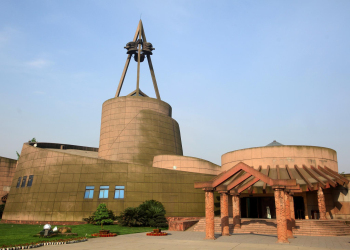
Sanxingdui Museum
Location: Guanghan City, Sichuan Province
Significance: Well-known for its Bronze Age artifacts, especially the unearthed relics from the Sanxingdui Ruins.
Popularity: Ranked 6th in the "China Museum Hot Search List" for the first quarter of 2024.
Visitor Numbers: Attracted over 205,300 visitors during the 2024 Spring Festival holiday.
Chengdu Museum
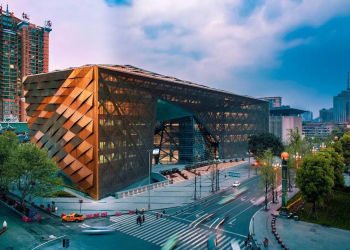
Location: Chengdu, Sichuan Province
Exhibitions: Home to two major exhibitions in the first quarter of 2024, "Splendid Scenes: Art Treasures Exhibition from the 16th to 20th Century" and "Full House Aroma: The Song Dynasty Life in Gold and Silver".
Rankings: Ranked 13th in the "China Museum Hot Search List" for the first quarter of 2024 and 2nd in the "Top 30 Prefectural-level Museums" category.
Other Notable Museums
Sichuan also boasts a number of other notable museums, such as the Chengdu Jinsha Site Museum, which houses artifacts from the Jinsha civilization, and the Sichuan Folk Museum, dedicated to preserving and promoting folk culture in Sichuan.
Yi Lacquerware
Yi Lacquerware, originating from the Yi ethnic group in China, is renowned for its intricate craftsmanship and aesthetic appeal.
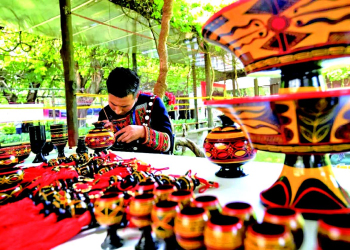
Unique Craftsmanship
Yi Lacquerware is crafted through a complex multi-layer process that involves painting, drying, and polishing. This results in a smooth and glossy finish that is both durable and visually appealing. Each piece is unique, as artists apply their individual skills and creativity to the creation process. This ensures that no two Yi Lacquerware pieces are exactly alike.
Rich Color Palette
Yi Lacquerware is known for its vibrant and rich color palette. Artists use natural pigments to create hues ranging from deep reds and blacks to bright oranges and yellows. The colors are not only visually striking but also culturally significant, often representing symbols and meanings that are important to the Yi people.
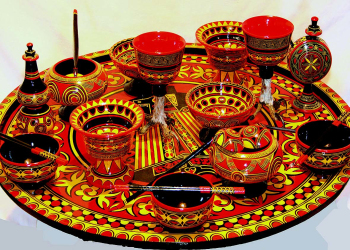
Diverse Forms and Uses
Yi Lacquerware takes on a wide variety of forms, including bowls, plates, vases, and decorative items. This diversity allows it to be used for both practical and aesthetic purposes. Many Yi Lacquerware pieces are used in daily life, while others are displayed as works of art in homes and museums.
Cultural Significance
Yi Lacquerware is deeply rooted in the culture and traditions of the Yi people. It serves as a symbol of their history, values, and way of life. The craftsmanship and beauty of Yi Lacquerware are passed down through generations, ensuring that this traditional art form continues to thrive and evolve.
Sichuan Opera
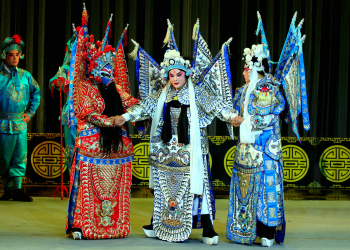
Sichuan Opera traces its roots to the local operas of Sichuan Province during the Ming and Qing dynasties. Over hundreds of years of development and evolution, it has become a unique and important branch of Chinese opera.
Characteristics
Lyrical Melody: Sichuan Opera boasts a lyrical and tuneful melody, rich in local color and strong folk flavor.
Integration of Music, Dance, and Drama: It integrates music, dance, and drama, presenting a complete performance art form.
Fast-paced Performance: The performances are fast-paced, with a strong sense of rhythm and excitement.
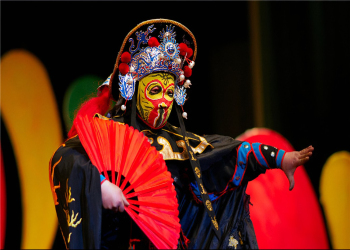
Vivid Acting: The acting in Sichuan Opera is vivid and diverse, reflecting the real-life emotions and characters.
Famous Technique: Face Changing
The most famous and recognizable technique of Sichuan Opera is "face changing", a skilled maneuver that allows the performers to rapidly change their facial masks during the show.
In 2006, Sichuan Opera was designated as a state-level intangible cultural heritage, acknowledging its significance and contribution to Chinese cultural heritage.
Sichuan Tea Culture
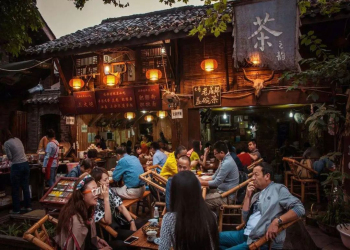
Sichuan is considered one of the origins of tea cultivation and drinking in China and the world. The region's humid climate and fertile soil are ideal for tea cultivation. According to historical records, tea has been cultivated in Sichuan for over 3,000 years, and the earliest tea-related documents can be traced back to the Western Han Dynasty (206 BC - 8 AD).
Sichuan produces a wide variety of teas, including jasmine tea, green tea, black tea, and dark tea. These teas are not only popular in China but also exported to various countries around the world. Some famous Sichuan teas include Mengding tea, Ya'an tea, and Yibin tea.
In Sichuan, tea drinking is often accompanied by games like Mahjong or deep conversations, making it a leisurely and communal activity. Sitting in an old tea house nestled in a local park like Renmin Park or Huanhuaxi Park is indeed a relaxing way to spend your time. For those who want a more immersive experience, venturing out to the tea farms on the mountains of Mengdingshan is an exciting adventure. Here, visitors can witness the beauty of nature and participate in the entire process of plucking fresh tea leaves and making tea.




































